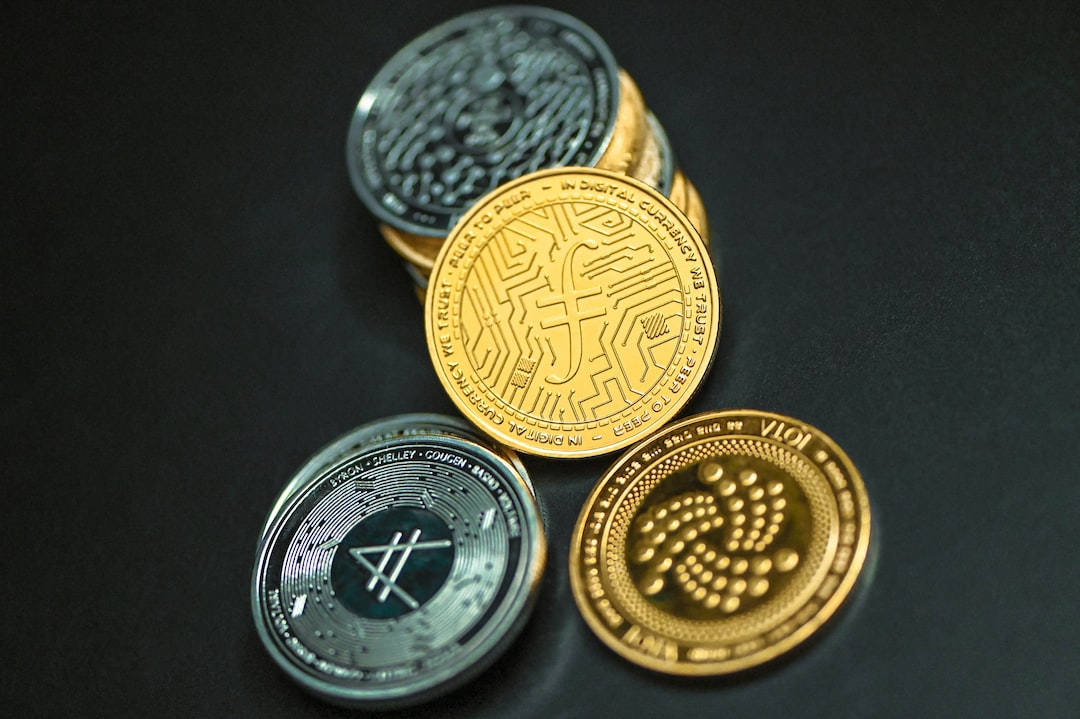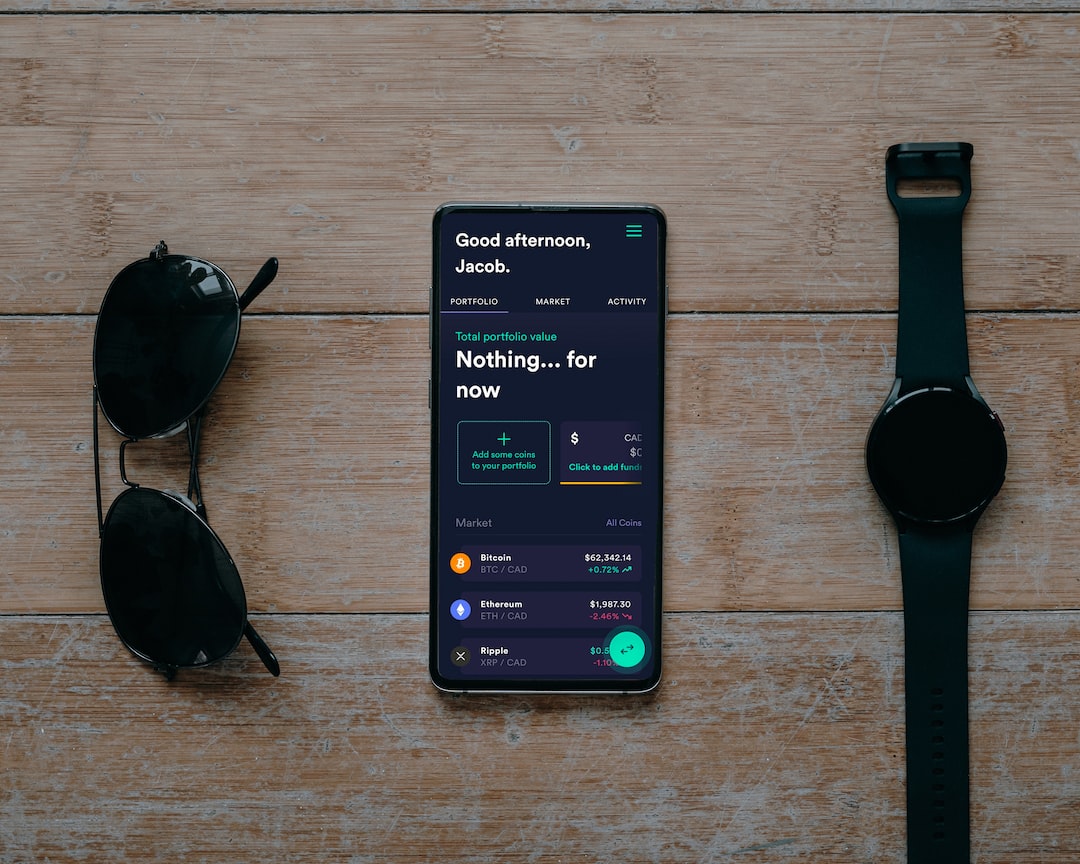“
How Contactless Payments Are Changing Consumer Transactions
Sergey Kondratenko, an expert in the field of fintech, says that contactless payments allow you to make transactions using credit or debit cards through mobile applications such as Apple Pay and Google. This is made possible by NFC or RFID chips, enabling customers to complete transactions without physical contact between the card and the reader. Sergey Kondratenko has years of experience in e-commerce services and now leads a group of companies operating in various segments of e-commerce across different jurisdictions.
Understanding Mobile Payments: What They Offer
Digital payment transactions are gaining popularity due to the proliferation of smartphones, high-speed mobile data networks, and e-commerce growth. One type of digital payment is mobile payment, which allows for contactless transactions using a mobile device like a smartphone or smartwatch. These payments are made digitally without the need for inserting a credit or debit card at a point of sale. In the United States, 82% of people use mobile payments because they are faster, cheaper, and more transparent. Mobile payments are used for goods and services, money transfers, and bill payments.
Contactless Versus Remote Payments
Contactless payments occur at the transaction location, usually at a point of sale (POS), while remote payments are made via the Internet for things like bill payments and financial transfers. Customers and merchants use technologies like NFC, QR codes, and Bluetooth low energy (BLE) to conduct contactless transactions without handling physical cards or entering PIN codes. Remote payments can be made through fixed or mobile telecommunications networks regardless of the customer’s location.
The Various Types of Mobile Payments
Mobile wallets allow users to store payment information on their devices using NFC technology. Additionally, peer-to-peer systems facilitate direct money transfers between individuals from bank accounts or payment apps. SMS payments enable customers to pay via text messages when they don’t have a credit card. M-commerce uses smartphones and tablets for online shopping while mPOS allows sellers to accept payments from customers using mobile devices instead of traditional terminals.
NFC Technology Explained
Near Field Communication (NFC) enables contactless payments with a device that supports it and an app or card that also uses this technology. NFC can transmit data within four centimeters between devices securely for transactions in retail stores, restaurants, vending machines, and public transport systems.
Apple Pay and Google Pay
Apple Pay is compatible with iPhones (version 6 onwards) and Apple Watch; users add their cards to the Wallet app and complete transactions using Touch ID or Face ID. Google Pay works on all NFC-enabled devices running Android OS 4.4 or later; users hold their devices near payment readers to make transactions.
Pros and Cons of Mobile Payments
Advantages include convenience as people increasingly use smartphones for daily transactions, efficiency with instant transactions speeding up service, safety due to secure authentication methods like facial recognition, fingerprint scanning, encryption making it difficult for hackers to intercept information; these will help make mobile payments more popular than cash by 2025. However, peer-to-peer transactions are challenging when it comes to refunds without intermediaries; specialized terminals are required for mobile payment systems; limited device compatibility may prevent some older versions from using these methods.
“
“
Hot Take: The Future of Contactless Payments
The rise of contactless payments reflects changing consumer preferences towards convenience and security in financial transactions. As technology continues to evolve rapidly, we can expect further innovations in this space that will make mobile payments even more accessible while addressing current limitations.
“





 By
By
 By
By
 By
By
 By
By
 By
By